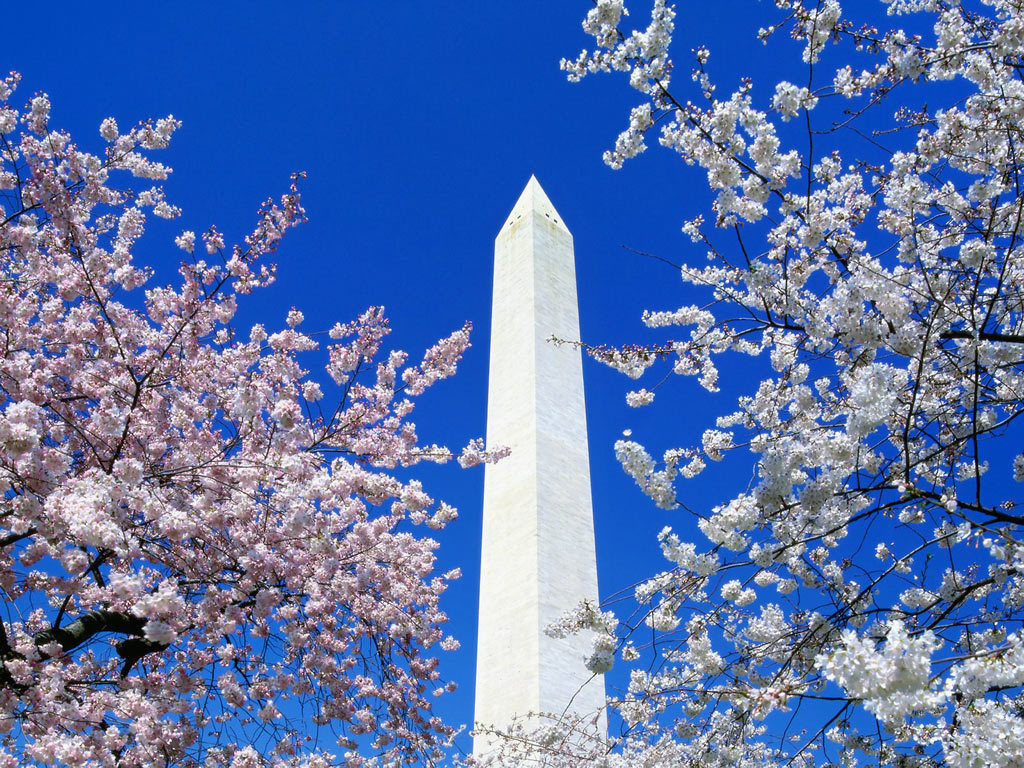Washington DC’s famous cherry blossoms are arriving a little early this year. If you listen to environmental activist groups and their media allies, this is yet another undeniable sign of catastrophic global warming. But is this really the case?
Perhaps we should take a look across the Pacific Ocean and see how the cherry trees are faring in their native Japan. Here is what the Japanese media report regarding 2012 cherry blossoms:
“As Japan’s pink-hued harbingers of spring, the Kawazu cherry blossoms are famous for blooming earlier than other varieties. This year, however, winter’s unusually cold weather has pushed back the blooming of the Kawazu cherry blossoms by about three weeks compared to the average year.”
The report continues:
“The cherry blossoms along the Kawazugawa river were finally in full bloom on March 9. Despite the temperature being a chilly 9 degrees on a rainy day, cherry blossom lovers turned out to view the first sign of the coming of spring.
“Anticipating a normal year, the Kawazu Cherry Blossom Festival was originally scheduled to run from Feb. 5 to March 10. But the festival has now been extended to March 18 because of the late-blooming sakura. ‘This is the first time the cherry blossoms have been this late in blooming,’ said Hiroko Shimazaki, Kawazu Tourist Association secretary-general.”
It’s pretty amusing that the global warming scare stories about slightly early cherry blossoms in Washington DC this year fail to mention how the cherry blossoms in Japan are blooming later than ever before.
It is also amusing how alarmists for the past two years have bombarded us with claims that Washington DC’s recent severe winters are caused by global warming. Now that we have a mild and short winter, this too is caused by global warming?





